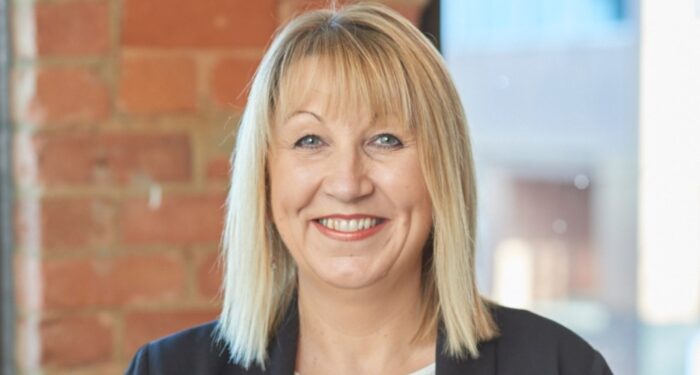Guardian has increased the amount it will pay when a policyholder is diagnosed with a condition that meets one of its additional pay out definitions from 25% to 50% of the cover amount, up to a maximum of £50,000.
The exception to this is for low-risk non-melanoma cancer, which remains at 10% of the cover amount up to the same maximum.
The changes are effective from today.
The insurer said additional pay outs are designed to give customers the financial ability to make lifestyle changes or help fund additional treatments that they may need if they are diagnosed with a critical illness that meets one of the additional pay out definitions.
Full details of these additional pay out definitions are in Guardian’s policy terms and conditions and on its adviser website.
Additional pay outs do not affect the policyholder’s ability to make a claim for a full pay out in the future and can be payable more than once, but not for the same condition twice, the insurer added.
The exception to this is carcinoma in situ which can be claimed multiple times so long as the site of each carcinoma in situ is different.
This product change applies to all new quotes and applications for Guardian’s critical illness protection and combined life and critical illness protection from today.
As it is not a definition change, the product change does not apply to existing policyholders. A definition change is required for Guardian’s cover upgrade promise.
Consumers value mutiple claims
Alan Lakey, co-founder and director at CIExpert, said: “We know from our Critical Thinking Report 2024 that customers value the ability to make multiple claims on a policy.
“This increase strengthens Guardian’s position in terms of the cover offered for customers diagnosed with a condition that meets an additional pay out definition.
“While these conditions are not deemed to be critical enough by the medical profession, and hence by insurers, to trigger a full pay out, they do still have a serious impact on lives.
“The beauty of additional pay outs is that they don’t impact the ability to make a full claim in the future.”
Lakey added the firm’s research of 5,000 consumers showed that the majority did not recognise that additional payment conditions were included in most plans with 81% of consumers not thinking it was possible to make multiple claims for either adults or their children for less critical conditions.
“Interestingly, once that was explained, 36% said they’d be more likely to consider CI in the future, which rose to 70% of Gen Z,“ he continued.
“This indicates that as an industry we too often assume that consumers understand our complex terminology and while this change is material to a client when making a claim, you have to wonder how many advisers would recognise the impact of this percentage change.
“Our comparison analysis takes these payment levels into account which is particularly important for comparison of decreasing plans, where the amount paid out will vary for each year of the term and requires an accurate reflection of the overall difference in value for the client.
“This Consumer Duty requirement highlights the importance of advisers explaining the valuable benefits of critical illness plans since it’s unlikely that most consumers would comprehend the difference.”
‘Listened to feedback’
Jacqui Gillies, marketing and proposition director at Guardian, (pictured) said: “Additional pay outs offer much needed financial breathing space and the ability to make lifestyle modifications or help fund additional treatment to those people who’re diagnosed with something critical, but not critical enough to meet a full pay out definition.
“We know advisers like our crystal-clear definitions and our approach to claims, however some partners were telling us that their clients would value a higher additional pay out amount.
“We’ve listened to that feedback and it’s why we’ve announced this change today.”






